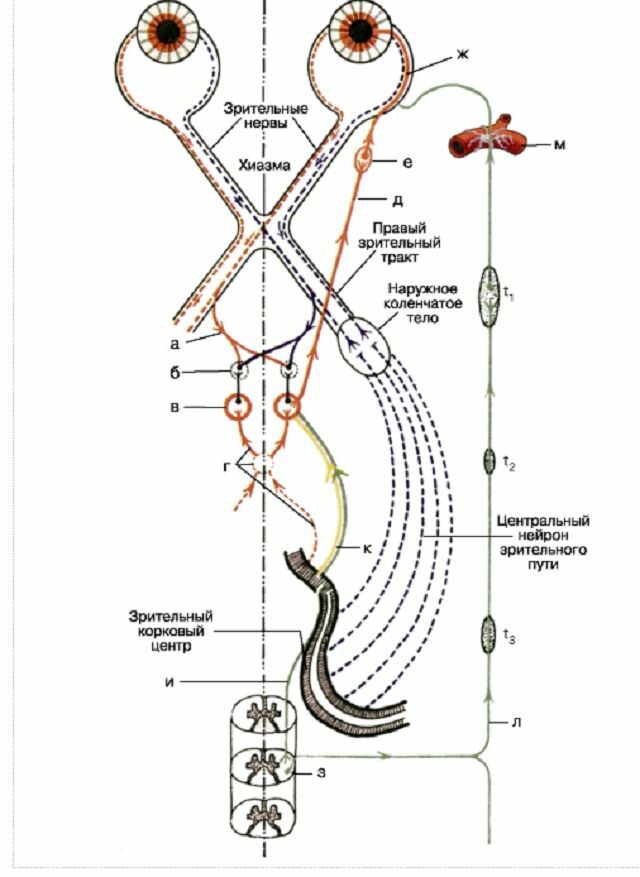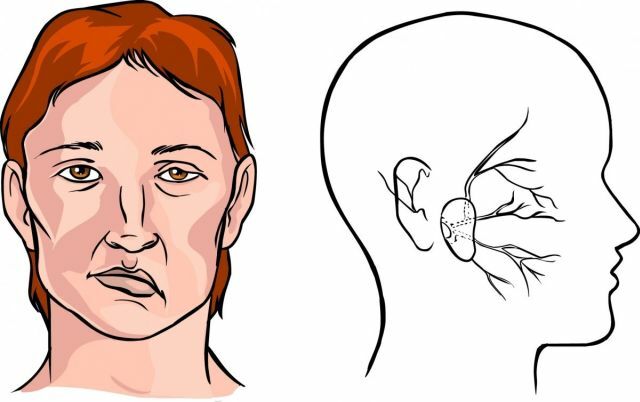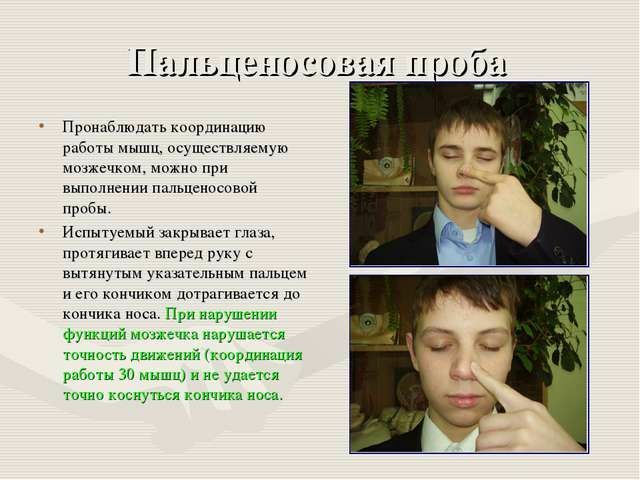1 The essence of the
problem The stool is a natural food waste formed in the gastrointestinal tract after the body has absorbed all the necessary substances. In the normal state of the body, the stool has a certain consistency and color. Including, the feces always contain a small amount of ingredients, which are usually attributed to mucus.
Mucus in the intestine is secreted in the colon of the large intestine to protect it from mechanical effects during the passage of stool and the effects of various toxic fecal ingredients. This secret is a glycoprotein, which plays the role of lubricant. In addition, the normal release includes leukocytes and epithelial cells that cover the intestinal mucosa. If there is no protective mucus, the person is waiting for chronic constipation because of the difficulty of movement of the mass.

We recommend to read
- Diagnosis of IBS
- Colitis to the left in the side
- Causes and treatment of bloating in the intestine
- Effective agent for gastritis and stomach ulcer
It's another matter that the mucous secretion and epithelial cells are captured by the stool mass, in the course of a sufficiently long journey through the intestinaltract evenly mixed with the remaining waste and when leaving the anal opening become indistinguishable. Therefore, in normal conditions, mucus in the feces of an adult should not be seen during defecation.
2 Where does
Visible mucus can appear for pathological and non-pathological( physiological) reasons. In infants and young children, this manifestation may be due to imperfections in the body and the immaturity of the enzyme production system. Many external stimuli can cause activation of the secreting function. Therefore, at an early age, the mucosal manifestation is rarely of a dangerous nature.
A stool with a mucus in an adult is often caused by a reflexive reaction to infection or inflammation. By increasing the production of a protective enzyme, the body tries to protect itself from harmful effects. The nature and consistency of the discharge sometimes even indicates the localization of the problem. Large white mucus with a grayish cast in the form of veins may indicate that some processes develop in the distal intestinal parts( sigmoid, direct or descending gut). In case small mucous flakes are allocated with a yellowish shade mixed with feces, violations in the large intestine( sometimes, the small intestine may be involved) can be expected.
-
 IMPORTANT TO KNOW! Gastritis? Ulcer? To have a stomach ulcer not turned into cancer, drink a glass. ..Read the article & gt; & gt;
IMPORTANT TO KNOW! Gastritis? Ulcer? To have a stomach ulcer not turned into cancer, drink a glass. ..Read the article & gt; & gt;
3 Non-pathogenic etiology
Far from always mucus in the feces should be treated as an emergency. In some cases, such a phenomenon, in particular, a white or transparent substance, can be explained by non-pathogenic factors. The most common causes are as follows:
- With a severe runny nose: during swallowing, the liquefied composition from the nasal cavity, bypassing the upper respiratory tract, penetrates the esophagus, and then into the intestine.
- The mucous mass can be formed by processing a number of products: oatmeal, cottage cheese, watermelons, bananas, flaxseeds, which is especially pronounced in children, but also manifests as mucus in the stool of an adult.
- Use of raw, poorly purified water with various impurities.
- A dramatic change in the diet can cause a reflexive reaction of the body.
- Prolonged fasting.
- Local overcooling: exposure to too low a temperature when swimming or sitting on a cold surface, leading to subcooling of the pelvic organs or tissues in the anal area.
- Defecation after prolonged constipation often passes with a mucous admixture.
- Taking some medications, for example, antibiotics.
-
 Gastroenterologist. VAZHENOV: "I beg you, if you began to worry about abdominal pain, heartburn, nausea, do not in any way do gases. .."Read more & gt; & gt;
Gastroenterologist. VAZHENOV: "I beg you, if you began to worry about abdominal pain, heartburn, nausea, do not in any way do gases. .."Read more & gt; & gt;

Mucus in the stool can be caused by food allergy. Especially often there is lactose intolerance, which is caused by a deficiency of such an enzyme as lactase. As a result of this phenomenon, many dairy products fall into the rank of an allergen, and when they are consumed in the fecal mass, white mucus appears. A similar mechanism is used in celiac disease, when using foods high in gluten or some cereals, the small villus of the small intestine is affected. This process is usually accompanied by a liquid stool. Mention should also be made of malabsorption, consisting in problems with the absorption of fats.
4 Pathogenic factors of mucous impurities
Now consider the pathogenic causes of mucus. If mucus in the stool becomes a frequent phenomenon during defecation, we can expect the presence of various pathologies. As a rule, pathological causes are accompanied by other obvious or latent symptoms. These symptoms include: a loose stool, a fever, dyspeptic symptoms, nausea and vomiting, signs of general intoxication of the body, etc. Characteristic is also a change in stool color, incl.the appearance of white stool. An important indicator is the intensity of mucus discharge and the presence of other impurities.
TIP FROM THE MAIN GASTROENTEROLOGIST
Korotov SV: "I can recommend only one remedy for the rapid treatment of Ulcer and Gastritis, which is now recommended by the Ministry of Health. .." Read the reviews & gt; & gt;
Quite often the causes of pathology are associated with processes occurring in the intestine. By type of excreta, an initial diagnosis can be made. So, enteritis( pathology in the small intestine) is characterized by a low intensity of mucus, mixed with feces, and liquid stools of a watery type. When the colon is affected( colitis), the stool mass is abundantly wetted by the mucous composition over the surface.
5 The manifestation of diseases
Pathogenic mucus in stool can be a symptom of the following diseases and pathologies:
- Hemorrhoids: the mucous gelatinous mass comes out at the end of defecation, which leaves a characteristic trace on toilet paper, is often accompanied by blood impurities.
- Polyps are largely similar to hemorrhoids.
- Webbed colitis is characterized by intestinal dysfunction, mucus is released in the form of a film or tape and is sometimes perceived as helminths.
- Intestinal dysbacteriosis is associated with an imbalance of the intestinal microflora, increased production of the enzyme is associated with the removal of toxins and for the confrontation of the inflammatory reaction.
- Irritable bowel syndrome.
- Diseases of the intestines, caused by intestinal infections.
- Diverticulitis with localization in the large intestine: mucous impurities are accompanied by a pain syndrome in the abdominal region( bottom left);diarrhea with blood traces, flatulence of the intestine.
- Cystic fibrosis: congenital pathology with damage to the glands that produce the mucous enzyme in various organs of the body, is often found in young children. Additional symptoms: pain in the form of attacks, flatulence as a result of putrefactive reactions, more bowel movements with increased feces, increased salivation, cough with sputum, increased sweating, increased risk of respiratory diseases.
- Tumor formation in the intestine and stomach: mucosal discharge is accompanied by impurities of blood.
- Candidiasis is caused by pathogenic fungi such as Candida.
- Vesiculitis is an inflammatory reaction in seminal vesicles. Often, mucus secretion in the feces becomes the only visible sign at the initial stage of the disease.
- Proctitis - an inflammation of the rectal mucosa, sometimes combined with an inflammatory pathology in the sigmoid colon, can have a sharp and chronic variety.
- Amebiasis is an infectious disease with ulcerative lesions in the large intestine, has a long chronic course, contributes to the appearance of abscesses in various internal organs.
- Crohn's disease: active mucosal discharge, additionally there are frequent urge to empty the bowel, flowing with pain.
- Escherichiosis: caused by E. coli. The main symptoms: a foamy foamy stool with a clear mucous admixture, vomiting, fever.
- Dysentery: mucus is secreted, as a rule, together with blood impurities.
- Intestinal obstruction. Additional signs: aching pain of a constant type, constipation, loss of appetite.
6 What to do
Rare single mucous discharge is not associated with pathologies in the body and does not require special treatment. Just try to find the cause( most often, the wrong food) and eliminate it. If the mucus in the feces becomes a frequent guest, and moreover accompanied by other symptoms, then it is necessary to consult a doctor.
The doctor, after analysis, history and external examination, usually prescribes the following procedures for diagnosis: coprogram, microscopy and stool macroscopy;bacterial culture of a fecal sample;Colonoscopy of the rectum;recto-manoscopy of the rectum and sigmoid colon;Ultrasound of the intestine, stomach and abdominal organs;radiography;general and biochemical blood analysis.
Given the variety of possible pathogenic causes, it is very important to provide an accurate diagnosis for determining the treatment regimen. If mucus is provoked by an infectious disease, antimicrobial, antibacterial and anti-inflammatory drugs, absorbents, antibiotics are prescribed. At a dysbacteriosis treatment is spent by restoration of a normal microflora of an intestine. Widespread use of the drugs Lineks, Bifidumbacterin. To reduce the production of mucous enzyme it is important to provide dietary nutrition, which includes only products that do not stimulate mucosal secretion.
At home, treatment can be provided with folk methods. You can recommend the following recipes:
- Tincture: bark of buckthorn or senna( 1 tbsp.) Is poured with boiling water( 0.5 L) and it is infused 1-1.5 h, it is drunk 200 ml at bedtime.
- Tincture: oak leaves, pomegranate fruit shell or walnut partitions( 2 tsp) are poured with boiling water( 0.5 liters), useful for diarrhea with mucous impurities.
- Tincture: golden ooze is poured with boiling water, taken 100 ml 3 times a day with obvious dysbacteriosis.
- Infusion from the collection: calendula flowers and chamomile, yarrow( in equal proportions), a mixture( 25 g) is poured with boiling water( 200 ml), used for inflammatory reactions, bloating, diarrhea, flatulence.
Slime in the stool during defecation can have a different character. In case of chronic manifestations, examinations should be carried out. Frequent mucosal discharge is often a symptom of a disease.
- 1 The essence of the problem
- 2 The origin of the problem
- 3 Non-pathogenic etiology
- 4 Pathogenic factors of mucous impurities
- 5 Manifestation of diseases
- 6 What should be done
Mucus in feces is an alarming sign, both in a child and an adult. In many cases, this manifestation is not associated with pathological causes and does not carry a serious danger. At the same time, one should not discount the risk that mucus in an adult's feces is a symptom of a dangerous disease. Naturally, in addition to mucous secretions, other signs should be monitored, but in general, one must take this phenomenon seriously. With prolonged or frequent appearance of mucus, you should consult a doctor for necessary examinations.
Do you have gastritis?
GALINA SAVINA: "How easy is it to cure gastritis at home for 1 month. A proven method is to write down a recipe. ..!"Read more & gt; & gt;



